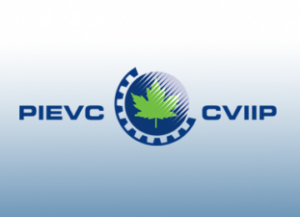
ITF Gender Analysis Toolkit for Transport offers an easy-to-use method for incorporating a gender-inclusive perspective into transport projects, plans and policies and was informed by three underlying questions: How are travel behaviours and patterns of women and men affected by their social roles and the level of accessibility of transport services? How will transport policies, programmes and projects affect women and men differently? How will greater gender equality in the transport workforce enhance transport infrastructure, systems and modes to benefit women and other users? The tool was developed for governments, international organisations, contractors and all those who design, manage, implement or evaluate transport projects and provides three uncomplicated tools for carrying out their own gender analyses: A gender check-list, gender-relevant indicators and a questionnaire to collect data on gender in transport. The tool provides additional information on why a gender analysis is important and showcases some gender analyses best practices.
Lifecycle Phase(s): Strategic PlanningPublic authorities identify the needs and long-term vision for infrastructure development., Project PlanningGeneral strategy for a project’s delivery is developed., Concept DesignTechnical experts broadly outline the project’s basic characteristics.
Type(s) of Tool: Project Preparation ToolsHelp public authorities manage sustainable project preparation processes.









